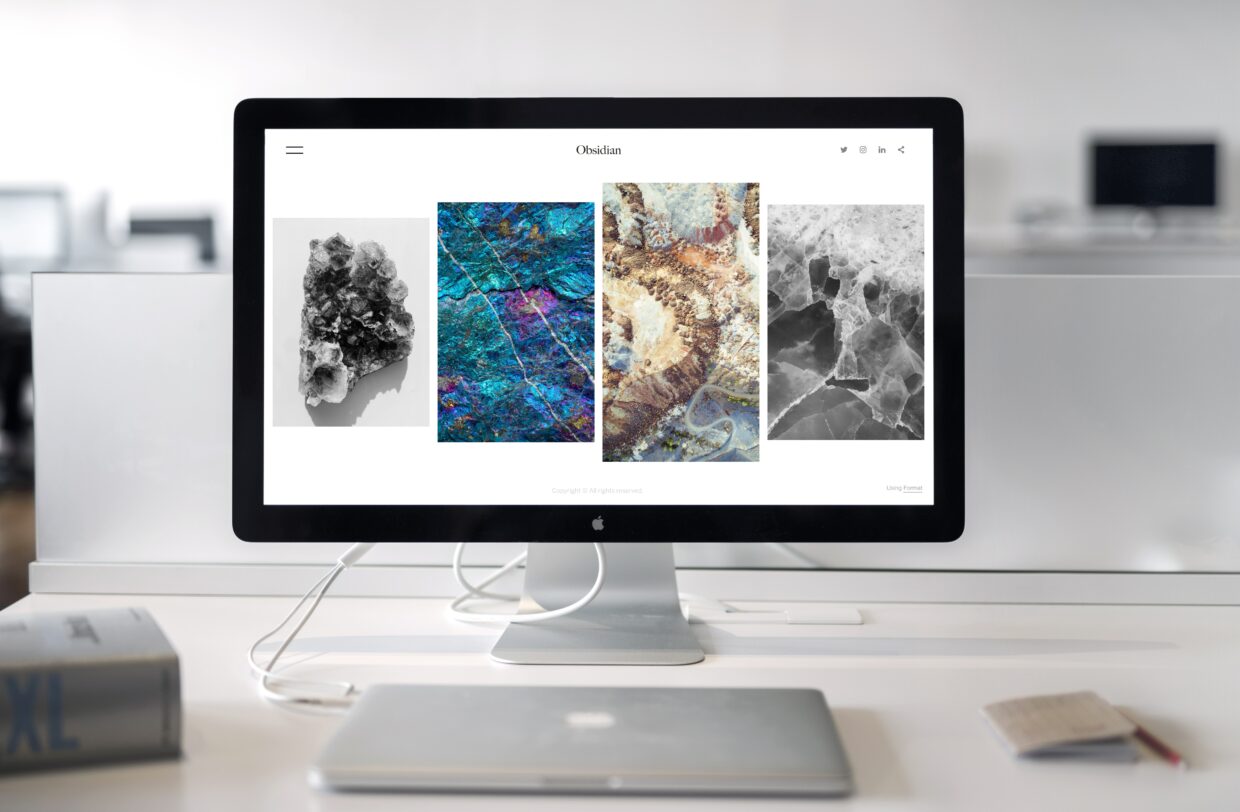This week I decided to use Screencastify to create my multimedia project. The project consisted of a screencast showing how to upload a video on YouTube. YouTube is a social media platform where users can upload videos and watch videos easily. As well as interact with videos by liking, commenting, and sharing videos. I decided this to be my screencast because uploading videos can be useful for educational purposes and it may seem difficult to navigate YouTube at first. I have used YouTube as a platform to upload videos for many courses I have taken in the past. The video explains the different components of creating a video and how these can be utilized to promote content on YouTube.
Reflection Questions
Which principles did you have in mind when you were creating your screencast? Which were you able to employ and which were more challenging to follow?
When creating my screencast, I considered Robert Mayer’s Principles of Multi Learning. Mayer’s mentions that one of the ways that humans process information is through the dual-channel assumption where visual (images) and auditory information (spoken words) are processed separately (Davis & Norman, 2016). When screencasting, I wanted to be mindful of this assumption to prevent extraneous cognitive load. Extraneous cognitive load can occur if outside sources, such as excessive images or unnecessary text that distract the learner from processing information. One way I did this is by using the signaling principle, which uses visual cues for learners to focus and prevent distractions. I utilized this principle by using the zoom feature on the Screencastify video editing software. Throughout the video where I mention clicking an area on my screen, I use both the zoom feature and my voice to direct the learner to the location of my mouse. I decided to use this principle for the video to make it easier for the viewer to follow along with each step rather than having to pause or rewatch the video. Similarly, in past courses where professors used the pointer mouse, I found it easier to learn. In addition, I ensured the redundancy principle was used, which argues that the most effective way to learn is by reducing unwanted texts or blocks if other resources are being used. Since I was using Screencastify to show my screen, I did not find it necessary to add any images to the tutorial because this would have distracted the learner. The redundancy principle allowed me to reach my goal of keeping the video simplistic and easy to follow. A principle I found challenging to employ was the contiguity principle, which is where on-screen text is used for learner engagement because I wanted to make use of the text feature on the Screencastify video editing software. However, I found adding text was unnecessary because I did not mention any concepts that learners have to make note of in the tutorial and each button on YouTube had text. However, adding text on my screen would have created distractions for the learner.
Who did you imagine as the audience for this screencast? How did that impact your design choices?
I imagined my audience to be at least 13 years old because this is the age at which YouTube allows users to upload videos. Since this age range tends to be familiar with watching videos on YouTube, I did not have to explain in-depth how to create an account on YouTube. This made it easier to go straight into the tutorial at the start of the video. In addition, I also wanted to make it user-friendly for those who are not familiar with the platform by adding the zoom feature to locate different buttons on my screen.
References
Davis, G., & Norman, M. (2016). Principles of Multimedia Learning. Wiley University Services. https://ctl.wiley.com/principles-of-multimedia-learning/

jaswant 2023-09-30
Hello Nataly, your screen cast is amazing. You covered all the information regarding how to upload the video on youtube.
I liked how you zoom in on each buttons/features to clearly visualize the features(user friendly as well). Also, you used the principle’s very precisely with the screen cast.
i enjoyed watching this video so i would recommend you to keep making screen cast on other topics.
lawrence98 2023-09-30
Hi, Nataly, This is a great blog. By watching your screencast, I can learn how to upload videos faster and more efficiently. At the same time, I appreciate your use of the zoom function in Screencastify. This method can reduce the cognitive load during learning , meanwhile increase the content of your video. I found that you made extensive use of Coherence, Signaling, Contiguity, etc. In Mayer’s multimedia learning principles. Including that I think your voice is extremely friendly and coherent. It reminds the use of Voice Principle can make learners more focused and interested in learning. I think I have a lot to learn from this blog.
joliveros 2023-10-02
Hi Nataly,
Great job on your screencast and reflection! As someone who hasn’t uploaded a public YouTube video before, your video provided through insight on the process from beginning to end. I appreciate how you highlighted certain details such as link sharing and playlist adding which could have just as easily been forgotten about. With regards to your reflection about the principles of multimedia learning, you made great use of the signalling principle when you zoomed into ‘Upload Video’ button in the beginning of the video to ensure the learner knew exactly where to go.